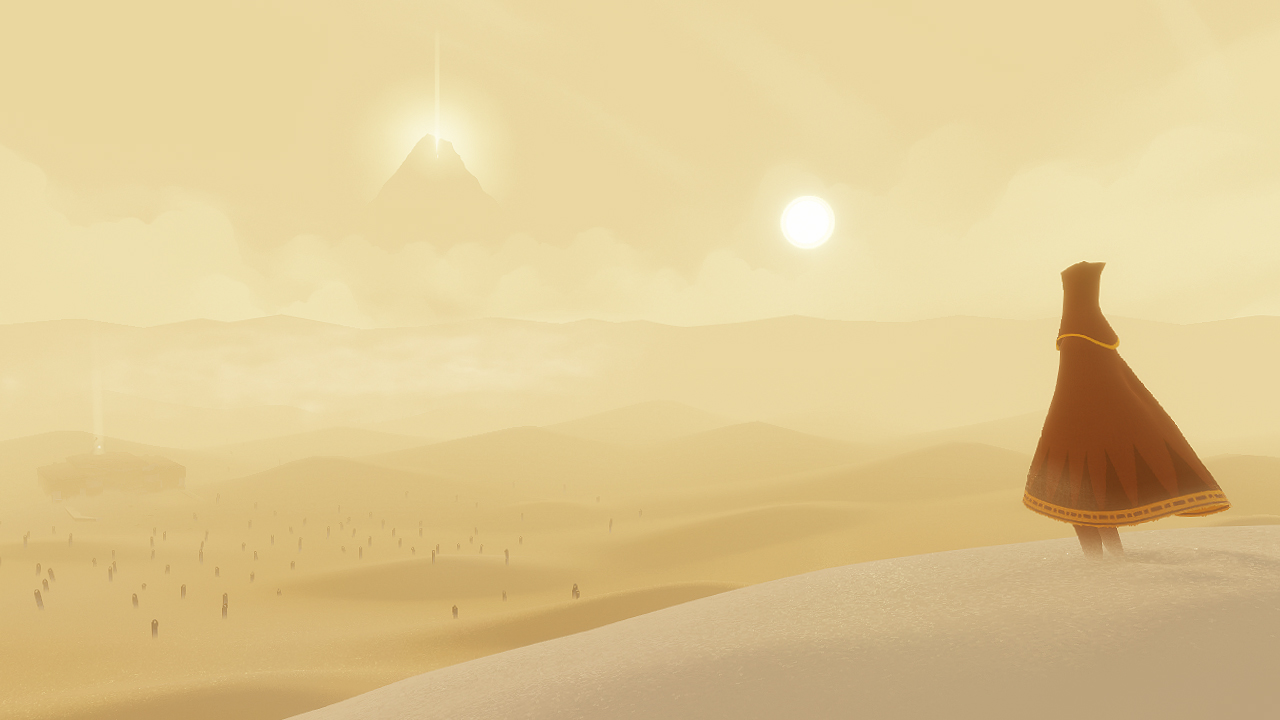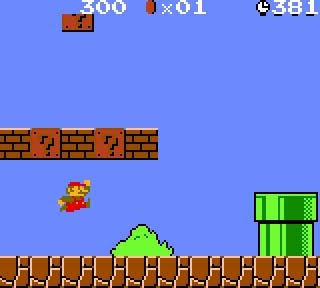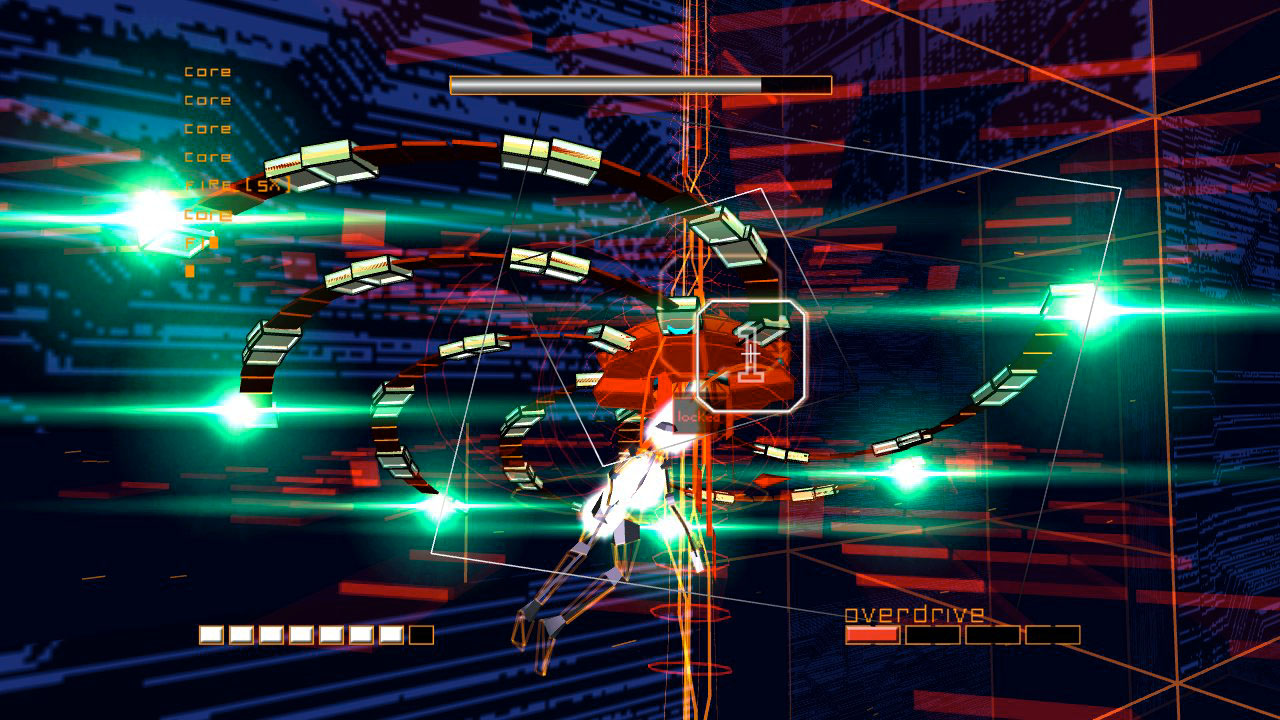 |
| thatgamecompany's Journey |
It
seems every year there are one or two games come out that the
gaming community surrounds and proclaims, “See, games can be art.” thatgamecompany's Journey looks to be 2012's “See, games are art” game. So every year along with the adoration comes a
backlash of people who argue games are not art or that games are
inherently unable to be art. Roger Ebert infamously proclaimed
“Video games can never be art" and still to this day probably
gets more e-mails about that article then junk mail about home loans
and penis enhancers- combined. Countless people have refuted Ebert's
arguments so I won't rehash that here.
After the jump: A beardstrokingly long article containing my opinion on the art game debate (in short, yes they can be) the artistic merit of dead sharks, Mario's best mechanic and some Metal Gear Solid 4 spoilers, (which if you haven't played it yet, either shame on you)
 |
| Jason Rohrer's Passage. |
First
things first, I believe video games are a viable medium for
(capital A) art. That doesn't mean I believe that every game is art
and I understand that most games aren't looking to be art. However I
do believe that the mechanics of games and the context they're placed
in create an experience that's art. It's hard to
argue against the concept that art aims to connect people with the content and video
games are capable of and frequently do just that.
If
you've never seen anyone debating whether video games are art go head
and pat yourself on the back - you've never visited an internet
gaming message board. One reason the argument persists is largely
because people still argue about what is “Art”. The boundaries
of what constitutes art are porous and dynamic. An example of this is
conceptual artist Damien Hirst who experienced the art debate first
hand with his piece, The Physical Impossibility of Death in the Mind
of Someone Living, which is essentially a dead 14 foot tiger shark in
formaldehyde aquarium.
The
shark corpse ruffled the feathers of many artists, enthusiasts, and
critics. Which prompted members of the Stuckism International
Gallery to respond with a dead shark of their own simply titled A
Dead Shark isn't Art. Gallery curator, Charles Thomson, acquired the
shark from a local electrical shop owner in England where it was
displayed years before Hirst “created” his piece. Is a stuffed
shark sitting in local shop art? How about if you give it a title
and display it in a museum, is it then art?
The
difference between Hirst's piece and the display at the local shop
essentially boils down to one difference – intention. Hirst
intended to display a shark because there is little in the natural
world that symbolizes death and terror quite like a 14 foot shark.
Mean while the shop owner who caught and stuffed the shark likely
displayed it as a symbol of his accomplishment. Both men employ that
the shark is a symbol, however it's the intention make the
difference.
Does that make the 1989 Nintendo version of Jaws art? Hardly. The intention of that game (and most moderns games) was for profit, which if that's what you want to do, more power to you. Games like Metal Gear Solid and Bioshock were made with profit in mind, but thanks to the vision of respective directors Hideo Kojima and Ken Levine those games straddle the line between art and commercial product. I do not believe that the entire package of either Bioshock or Metal Gear Solid 4 are art masterpieces, however each games are full of scenes and events that are excellent examples of how games are inherently artistic.
Much like how paintings are consists of countless brushstrokes games consists of layers of mechanics working together to create an experience. Mechanics are at their best when they help the player immerse themselves with the experience on screen. A simple, yet masterful mechanic that marries the player with the on screen action is the jump in Super Mario Brothers. Mario's jump is so iconic that people could probably identify the jump just by sound alone. But what makes Mario's jump work? Is it the sound? Or the height? Distance? All those are important, but the reason the jump works so well is that it marries the input with the output. The longer the player holds down the jump button, the higher and further Mario jumps. While that may not seem like a big deal it was a mechanic that games like Ghosts and Goblins never got right. In Ghosts pressing the jump button and sends your character in a exact arch so timing and placement is everything and ,more often than not, you jump only to moments later find yourself flying into an enemy skeleton who just popped out of the ground – frustrating to say the least.
Mario's
jump works because the player feels every jump. So when Mario
approaches the giant ravine, that's just as far as he can jump, the
player mashes the jump button so deep in the controller they imprint
a circle in their thumb. I cannot count the times I caught myself
leaning forward during the middle of a big jump in Super Mario
Brothers hoping to add just a few extra pixels to my distance. I
didn't believe the game had motion controls, but for that moment
the marriage of input and output created an experience that cannot be
felt though other mediums.
This
brings me to Metal Gear Solid 4. When most people talk about the
artistic merit of the Metal Gear Solid series they frequently point
to the game's wacky postmodern plot, or the wire-fu filled cutscenes,
or fourth wall breaking dialog. However Metal Gear Solid 4's best
example of game as art comes not from the plot as most would expect,
but from a short vignette with a simple mechanic. Near the end of the
game you control a dying Solid Snake, who has been through
hell all over the world, standing in a center of a giant warship. The
player stares down a hallway that is the only thing between
themselves and computer system controlling the wold. Unfortunately,the hallway
is filled with microwave emitting machinery that cooks any
organic being looking to walk down it, (god save the janitor who
opened the wrong door on that ship). The objective is crystal clear,
reach the end of the hall, but as Snake staggers down the hall,
burning alive, it becomes a struggle. The player rapidly presses the
action button to keep Snake steady and prevent him from collapsing.
On screen Snake struggles and eventually ends up crawling down the
hall ever slower, growling in pain. Off screen the player mashes the
button for what feels like an eternity, to the point where you will
likely feel sharp pain crawling up their arm near the very end of the
vignette. The pain felt by the player off screen marries with the
content they see on screen. It creates a connection between Snake and
the player controlling him.
People
familiar with the MGS series may say mashing on the action button to
save Snake's life is hardly a innovation and they are correct, it isn't.
There is a scene in every Metal Gear Solid where the main
character is tortured and the player is required to rapidly press the
action button to keep him alive. The reason the mechanic is so effective in
MGS4 is at that moment the content perfectly aligns with the
mechanics. Both Snake and the player have the exact same goal and as
the scene drags on you suffer as Snake suffers and for that moment
you and the character are one in the same.
A few disclaimers: Not every artful mechanic marries input with output. I'm not arguing Wii sports should be displayed in the Louvre. On the flip side PixelJunk Eden and Rez employ mechanics that favor minimal input and maximum output. All I ask is that next time you find yourself particularly moved by a simple mechanic ask yourself “Did I just experience art?”
-Edward.







No comments:
Post a Comment